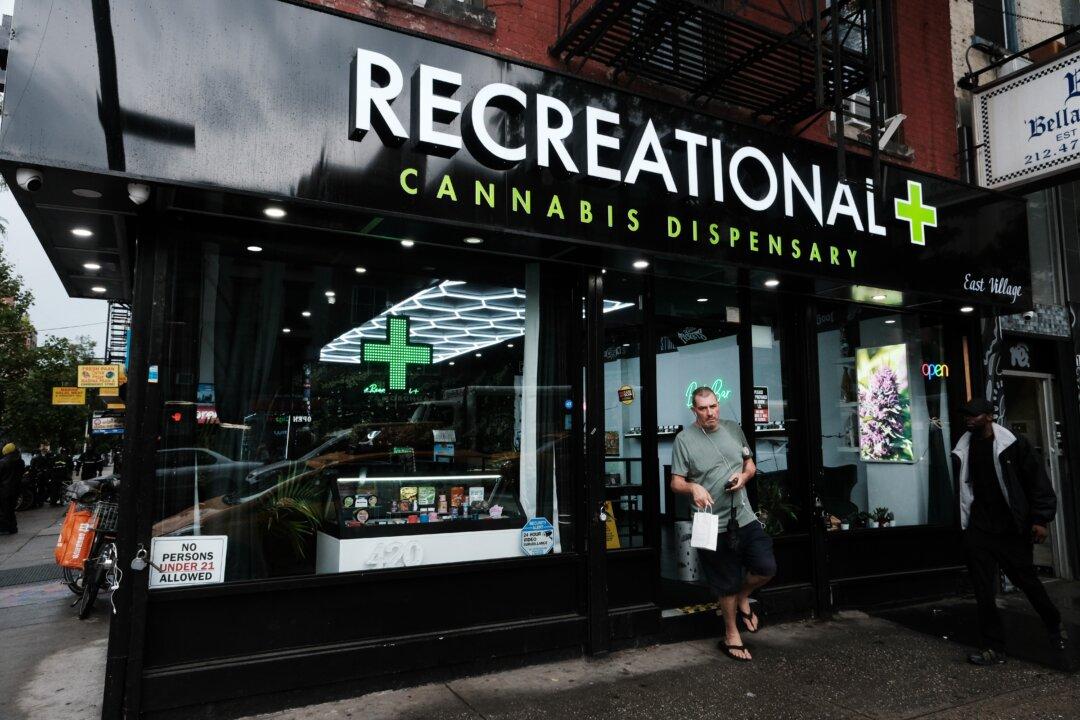As the Biden administration moves to reclassify marijuana as a less harmful drug, a new study published Wednesday in the journal Psychological Medicine found teens who use marijuana are at a significantly higher risk of developing a psychotic disorder.
“We found a very strong association between self-reported cannabis use and risk of psychotic disorder in adolescence,” said lead author André McDonald, who conducted the study at the Institute for Clinical Evaluative Sciences at the Centre for Addiction and Mental Health (CAMH) in Canada. The study was part of Mr. McDonald’s doctoral research at the University of Toronto.“These findings are consistent with neurodevelopmental theory that teens are especially vulnerable to the effects of cannabis,” he said in a CAMH news release about the findings.





